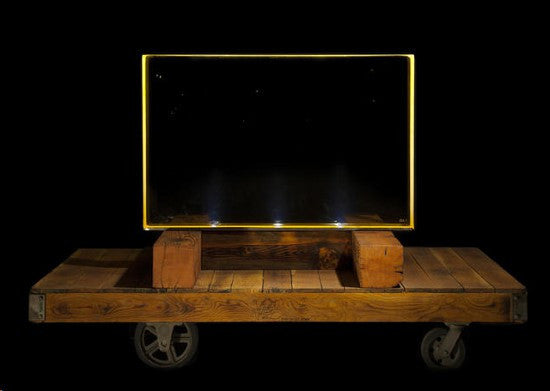A viewing window used in the production of plutonium during the Manhattan Project is among the top lots in Bonhams' History of Science auction in New York on October 22.
Six inches thick and permeated with lead dioxide, it was used to protect scientists from the harmful effects of the material.
 The Manhattan Project led to the development of the atomic bomb |
Bonhams comments: "Specifications for this heavily leaded, extraordinarily clear glass were highly exacting as many layers were needed to protect scientists from radiation.
"Due to it's high lead content, it reacts more like a metal than a glass, crumbling when ground or cut, and sweating like ice when heated.
"Emitting an eerie yellow glow, it evokes the material's atomic origin. Despite the material's provenance, the glass is not radioactive."
It's valued at $150,000-250,000.
The Manhattan Project, led by J Robert Oppenheimer, ran from 1942-1946 and resulted in the development of the first atomic bombs.
The new weapon would completely alter the balance of power in the aftermath of the second world war, ushering in the threat of mutually assured destruction and with it the cold war.
In 2012, a set of photographs from the Manhattan Project realised $45,000.
Famously it was a letter sent by lifelong pacifist Albert Einstein to Roosevelt in 1939 that kick-started the project.
He later told a friend: "I made one great mistake in my life���when I signed the letter to President Roosevelt recommending that atom bombs be made; but there was some justification���the danger that the Germans would make them."
We have this fascinating signed letter from Albert Einstein available.
The auction will also feature a rare Apple-1 computer, the first the tech behemoth ever produced.
Please sign up to our free newsletter to receive exciting news about memorabilia auctions.






